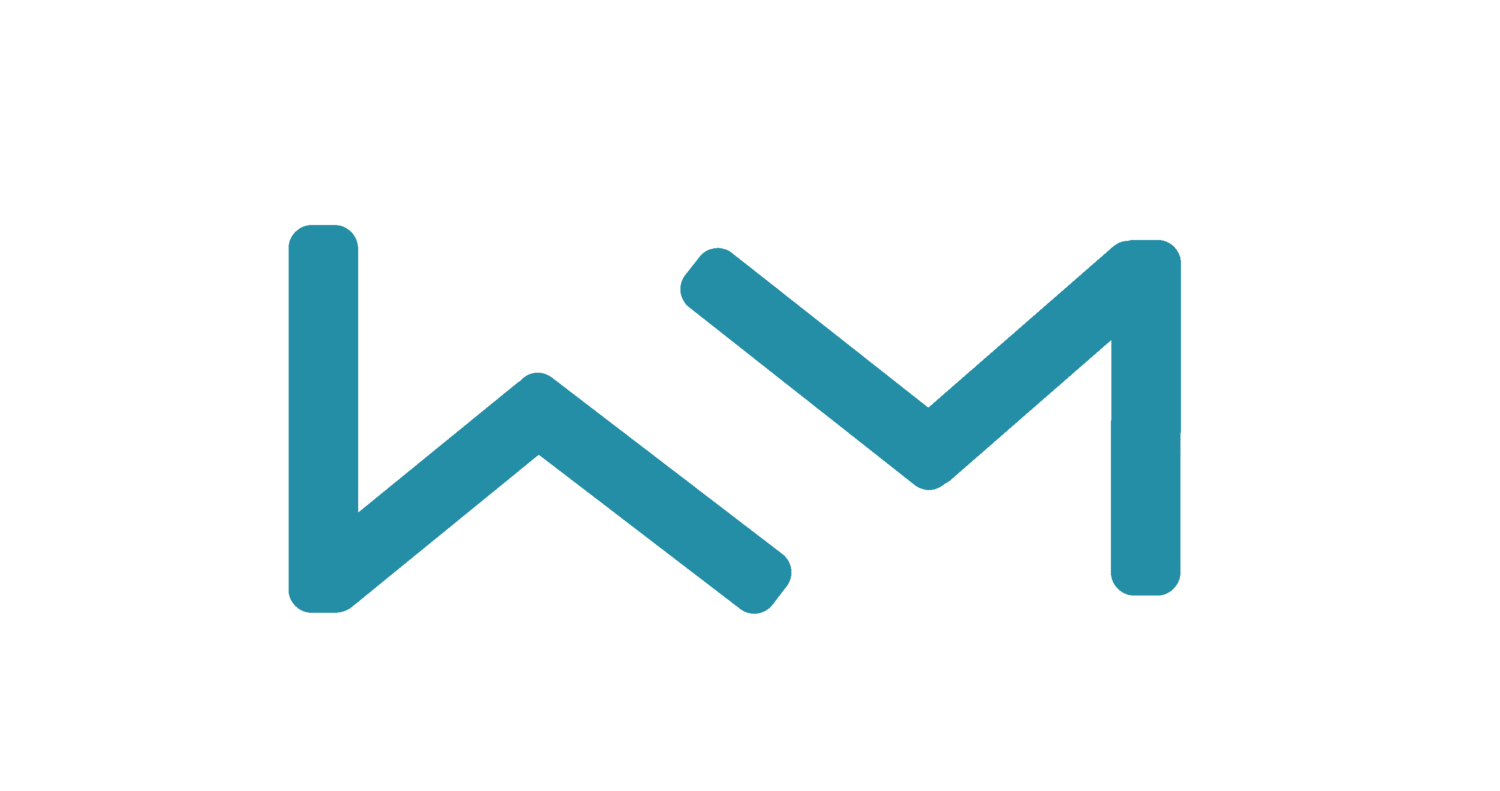How to Create a Social Media Questionnaire and Onboarding Workflow for New Clients
Your pitch was a hit, and now you have a new client ready to work with you. But after the celebration, the real work begins. How do you set the tone for a productive and lasting partnership? The key lies in a thoughtful onboarding process. By creating a detailed social media questionnaire and a clear onboarding workflow, you can lay a strong foundation for your collaboration. Here’s how to do it.
Step 1: Designing Your Social Media Questionnaire
A well-crafted social media questionnaire helps you gather essential insights into your client’s business, objectives, and target audience. This step is crucial because it allows you to tailor your strategy to their specific needs. Let’s break down the critical components:
1. Defining Your Client’s Social Media Goals:
- What is your main purpose on social media?
- What specific goals are you aiming to achieve?
- How does social media integrate with your overall marketing plan?
Understanding these goals will guide your strategy and help you measure success in ways that matter most to your client.
2. Understanding the Target Audience:
- Who is your target audience?
- Which social platforms do they primarily use?
- What are their main interests and concerns?
Knowing who your client’s audience is and where they spend their time online will allow you to create content that resonates and drives engagement.
3. Grasping the Brand’s Voice and Identity:
- How would you describe your brand’s voice?
- What tone should be used in social media interactions?
- What sets your brand apart from competitors?
These insights will ensure that your social media content aligns with the brand’s identity, making it authentic and impactful.
4. Content Preferences and Past Successes:
- What types of content have worked well in the past?
- How often would you like to post on social media?
- Are there any content formats you prefer to avoid?
Understanding what has already worked and what hasn’t will help you build on past successes while avoiding potential pitfalls.
5. Reviewing the Current Social Media Presence:
- Which social media profiles are you currently maintaining?
- Are there new platforms you’re interested in exploring?
- Do you want to focus more on specific networks?
This information will help you allocate resources effectively and identify new growth opportunities.
6. Evaluating Tools and Analytics:
- What tools are you currently using for social media management?
- How do you measure success and ROI?
- What has been effective or ineffective in past campaigns?
By understanding the tools and metrics your client values, you can tailor your reporting and strategy to match their expectations.
7. Setting Expectations and Communication Preferences:
- What do you expect from our partnership?
- How often would you like to receive updates and reports?
- Who will be the main point of contact?
Clear communication and managed expectations are the backbone of a successful client relationship.
Step 2: Establishing Your Onboarding Workflow
After gathering all the necessary information through your questionnaire, it’s time to put a workflow in place that ensures everything runs smoothly.
1. Handle Legal and Financial Matters:
- Contracts and NDAs: Ensure that all necessary contracts and non-disclosure agreements are signed.
- Invoicing: Agree on payment terms, invoicing schedules, and preferred payment methods upfront.
Sorting out these details early helps avoid misunderstandings and sets a professional tone.
2. Set Up Initial Project Infrastructure:
- CRM and Tools: Add your client’s details to your CRM, project management, and accounting tools.
- Team Assignments: Decide who on your team will handle different aspects of the project and assign initial tasks.
Having the right tools and people in place is crucial for a seamless workflow.
3. Conduct a Kick-off Call:
- Schedule a call to review the questionnaire responses, discuss timelines, and set clear expectations.
- Ensure everyone knows the next steps and who is responsible for what.
This call is your opportunity to align on goals and clarify any remaining questions before diving into the work.
4. Establish Communication Channels:
- Decide on the preferred methods of communication, whether it’s email, Slack, or regular video calls.
- Set expectations for response times and escalation procedures.
Clear communication protocols prevent issues from escalating and keep projects on track.
5. Streamline the Workflow Process:
- Content Creation: Establish a process for content creation, review, and approval. Agree on how and when feedback will be provided.
- Project Milestones: Outline key milestones and deadlines to ensure everyone is on the same page.
A well-defined process ensures that both you and your client know what to expect and when.
6. Send a Welcome Packet:
- Compile a welcome packet that includes a project summary, timelines, key contacts, and any necessary login information.
- Use this packet as a reference guide for both your team and the client throughout the project.
A comprehensive welcome packet helps reinforce the project’s objectives and keeps everyone aligned.
Final Thoughts
Creating a social media questionnaire and a structured onboarding workflow might seem like a lot of upfront work, but it pays off in the long run. By taking these steps, you ensure that you and your client start your collaboration on the right foot, with clear goals, expectations, and processes in place. This foundation will not only make your projects more successful but also foster long-term, positive relationships with your clients.
